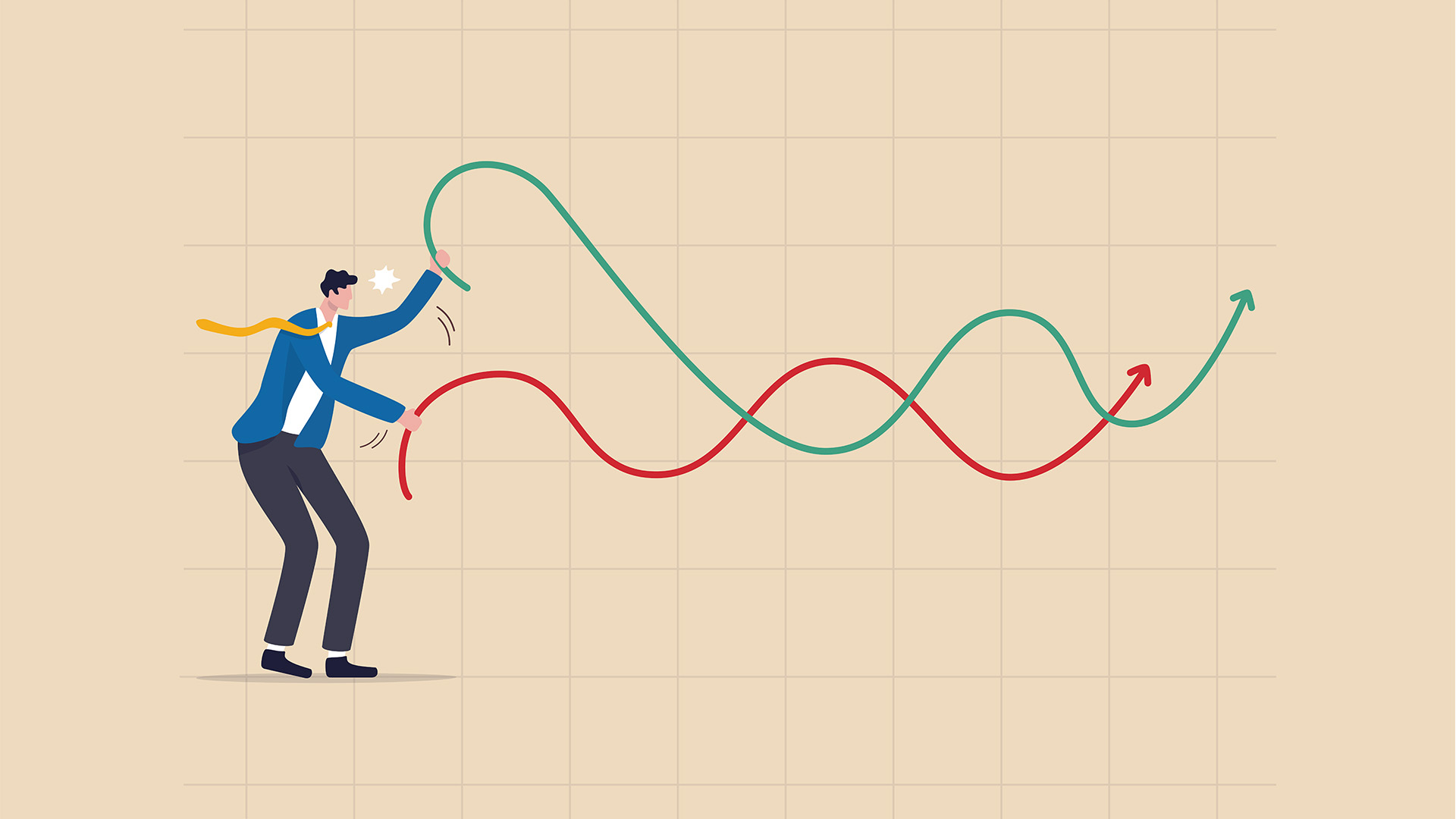Further evidence yesterday that wage growth continues to be weaker than the Reserve Bank, Federal government and most forecasters think.
Figures from the Australian Bureau of Statistics showed the seasonally adjusted Wage Price Index (WPI) rose an unchanged 0.5% in the March quarter 2019 with the annual rate steady at 2.3%.
Both readings were the same as in the December and September quarters and came despite market forecasts for a small rise of 0.6% (and 2.4% annual).
Seasonally adjusted private sector wage growth was 0.5%, and 0.4% for the public sector in the March quarter.
The slide in Consumer Price Inflation to an annual rate of 1.3% and zero quarter on quarter means that real wage growth is now close to its strongest for several years at 1% (on an annual basis).
The latest report shows that there is simply no sign of any wages breakout, as many have been claiming is ‘just around the corner.’
Looking at the past decade or so wages growth peaked at 3.9% in 2011 and first fell below 3.5% in 2012, and has been below 2.5% since 2015.
Later today we get the April Labour Force report from the Bureau of Statistics and forecasts are for another 12,000 jobs (seasonally adjusted) and unemployment at 5.0%.
ABS Chief Economist Bruce Hockman said in yesterday’s Wage Price Index release: “annual wages in seasonally adjusted terms grew 2.3 percent for the third quarter in a row.
“The main contributors to growth over the quarter were regularly scheduled wage rises in the Health care and social assistance and Education and training industries, as was the case in the previous March quarter.”
Things remain grim in Western Australia, where private sector wages growth rose just 1.7%. Victoria was the strongest of the mainland states with private sector growth of 2.6%; NSW saw growth of 2.3%.
Once again the government-funded sectors of health and social care (0.6% for both public and private sectors) and education (0.7%) that drove most of the growth; this time transport and warehousing helped out as well (0.7%).
Health and social care (The National Disability Insurance Scheme for instance)— was driven by heavy government spending and is the only sector to manage 3% wages growth over the year to March.
Economists say that without that, total wages growth figure would be lower.
But don’t look for the March quarter performance to be a sign of actual wage growth – buried in last Friday’s second Statement on Monetary Policy for the year from the Reserve Bank was this admission in the Economic Outlook part of the report which looks at the pluses and minuses for the future pace of economic activity:
“If the labour market improves by more than forecast, wages growth and labour income growth may increase by more than expected. However, wages growth may also be slower to pick up than forecast.
“Recent international evidence indicates that it can take longer for significant wage pressures to build than previous experience suggests.
“Much of the increase to date in domestic wages growth reflects a decline in the prevalence of wage freezes, rather than an increase in the typical size of wage increases when they are delivered.”
In other words, the rise in the WPI from 1.9% annual in the June 2017 quarter to 2.3% in the March quarter has been driven not by more generous employers but by the ending of employer-imposed freezes on wages.
The RBA wound back its forecasts for the WPI after falling short on its December forecast of 2.4% (actual, 2.3%). The June forecast in the Monetary policy statement is now 2.4%, down from 2.5% while the forecast for the year to December is unchanged at 2.5%.
With household consumption accounting for 60% of GDP, wage growth remains the key determinant in the pace of growth and its magnitude. That, in turn, impacts numerous sectors of the economy, especially retailing, housing and services (utilities for example).
Household consumption turned down two years ago and slowly tugged GDP with it and is burbling along showing no sign of wanting to rebound any time soon.












